How to choose a steam autoclave for your dental practice?Class B, Class S or Class N?
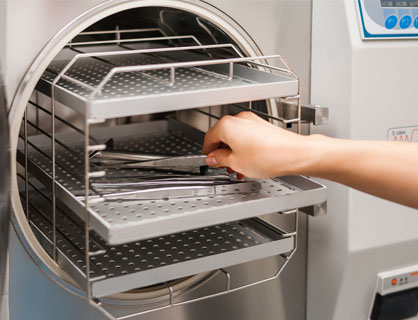
How to choose a steam autoclave for your dental practice? Class B, Class S or Class N?
Most of the time, the dentist will inquire us to recommend them an autoclave. Today, let’s talk about this topic and hope this article can help you to get the most from your considerable investment.
Step 1: Determine which type of autoclave your practice needs. Class B, class S or Class N.
There are three different types of the autoclave in the recent market, class B, class S and Class N.
Class B autoclaves
Getidy® 18L / 23L Blue LCD Display,Multi Languages, Dental Steam Autoclave Sterilizer Class B
The class B autoclave can be used to sterilize all loads including solids, type A hollow instruments, type B hollow instruments, porous loads and wrapped instruments.both packaged and un-packaged.This can only be achieved by use of a pre-sterilization fractionated vacuum. Post-sterilization vacuum drying ensures complete drying of all loads after the sterilization process is complete.
Printer is available for Class B autoclaves.
Class S autoclaves
Class S autoclaves are suitable for sterilizing wrapped and unwrapped solid instruments that can withstand pressure steam.
Printer is available for Class S autoclaves.
Class N autoclaves
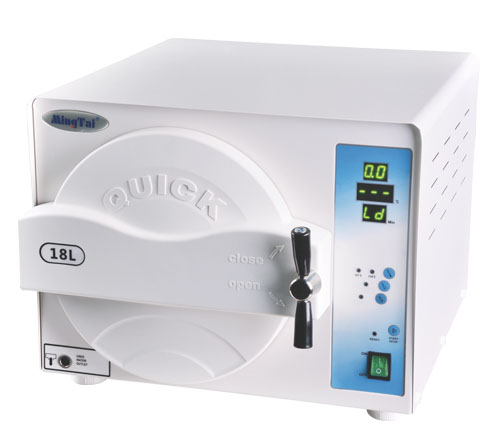 Class N autoclaves are suitable for sterilizing unwrapped solid instruments.
Class N autoclaves are suitable for sterilizing unwrapped solid instruments.
Printer is not available for Class N autoclaves.
Graphic of working cycle for Class B and Class N autoclaves:
|
Class B (pre & post vacuum) |
Class N (non vacuum) |
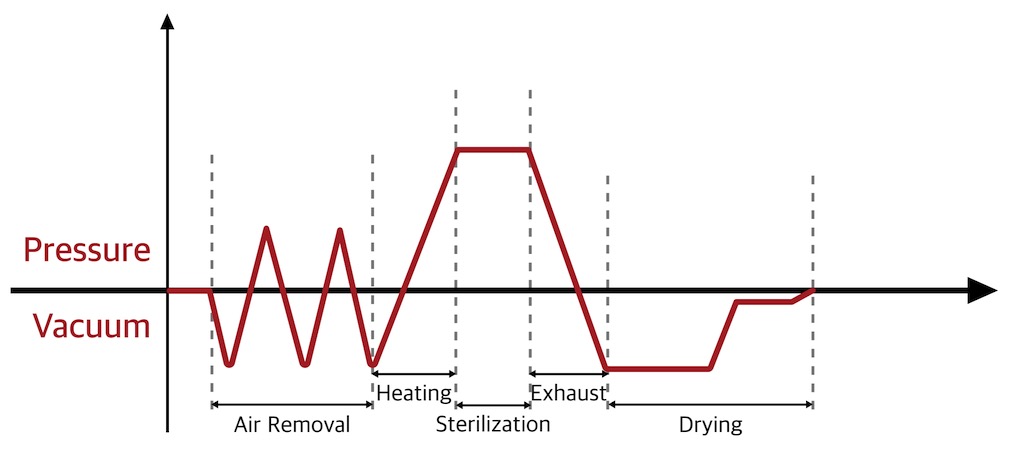 |
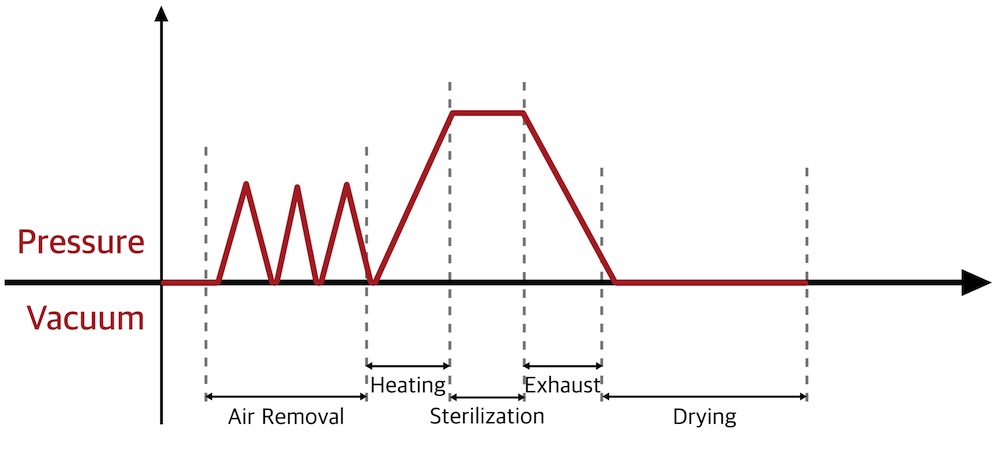 |
Step 2: Determine the volume of the autoclaves
Volume plays an important role at the time of choosing the sterilizers.
We can divide the autoclaves volume into three classes depending on the volume:
Mini Class: 3L, 5L, 8L
Middle Class: 12L, 16L, 18L, 23L
Large Class: 29L, 45L
One thing you should note here is the volume of the autoclaves doesn’t mean the usable space of the autoclaves. Check the following images for usable space of different volume of the autoclaves.
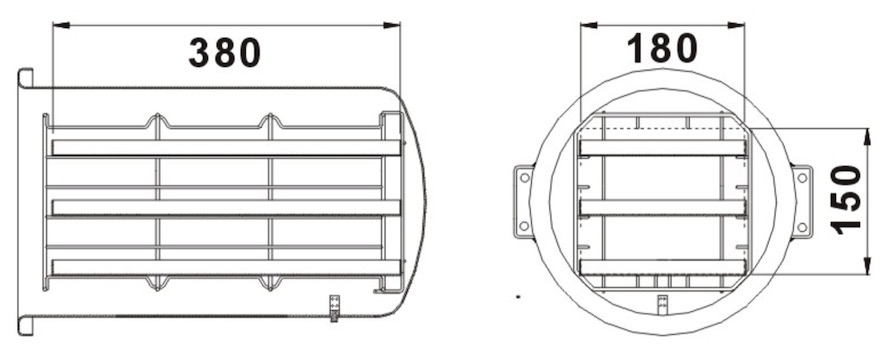 |
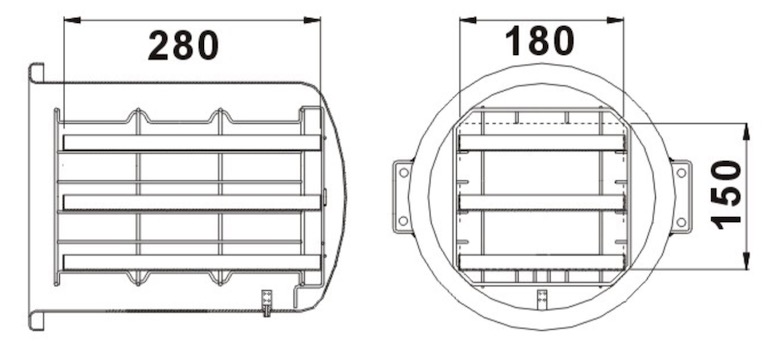 |
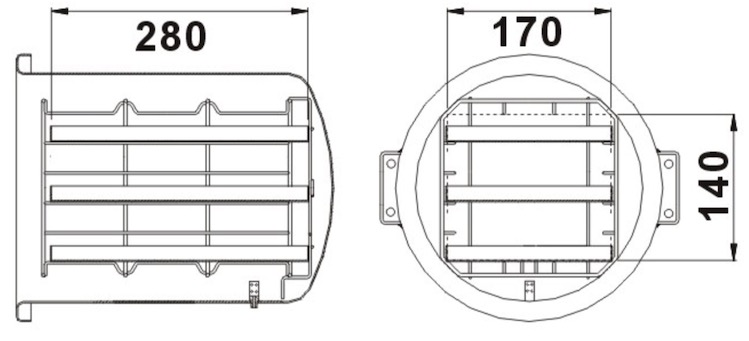 |
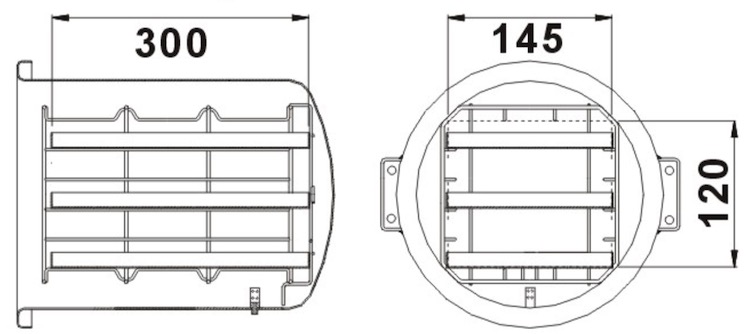 |
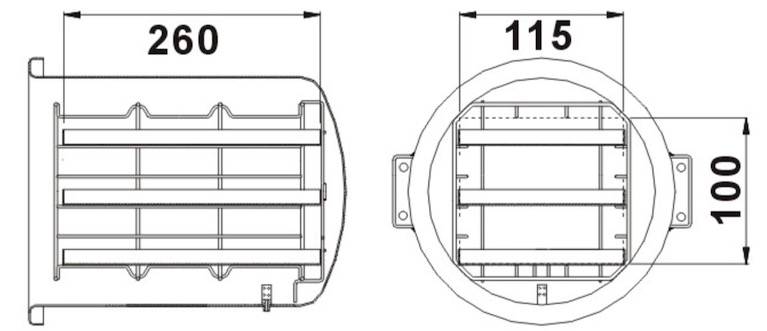 |
|
23L autoclaves, usable space is 10.6L |
18L autoclaves, usable space is 7.85L |
16L autoclaves, usable space is 6.66L |
12L autoclaves, usable space is 5.22L |
8L autoclaves, usable space is 3L |
The larger volume it is, the more instruments it can take for sterilization at one time. For the same brand autoclave, the same type of autoclave, it will have different volume for your choice and the price is different. Mostly, the larger volume, the higher price it is. Some of the sterilizer manufacturers created the "rotary tray", which increases the load capacity of the sterilizer. The same volume of sterilizer produces different load capacities because of the different designs of the tray.
Check as follows:
|
Ordinary tray: 3 fixed layers |
Rotary tray: 3 layers and after rotating 90 degrees, it becomes 4 layers. The dentist can choose different tray layers depending on the number of instruments they need to be disinfected. |
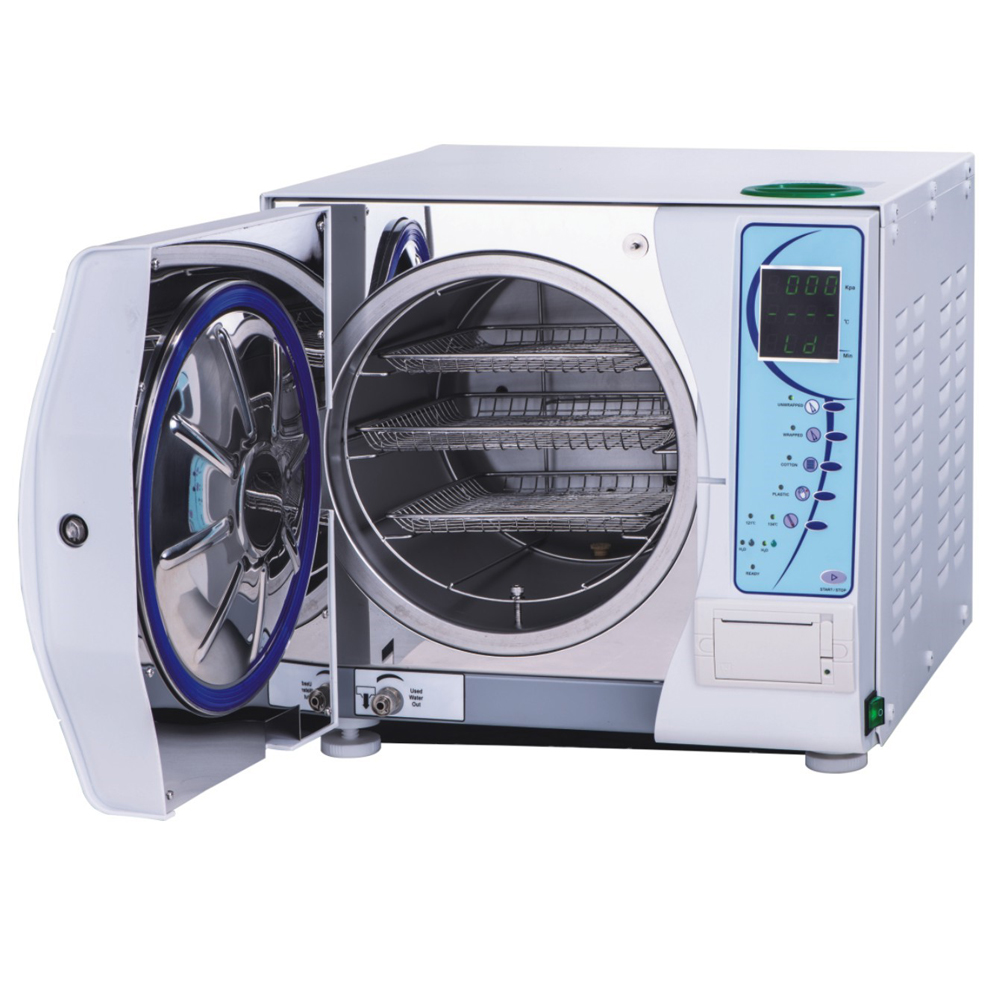 |
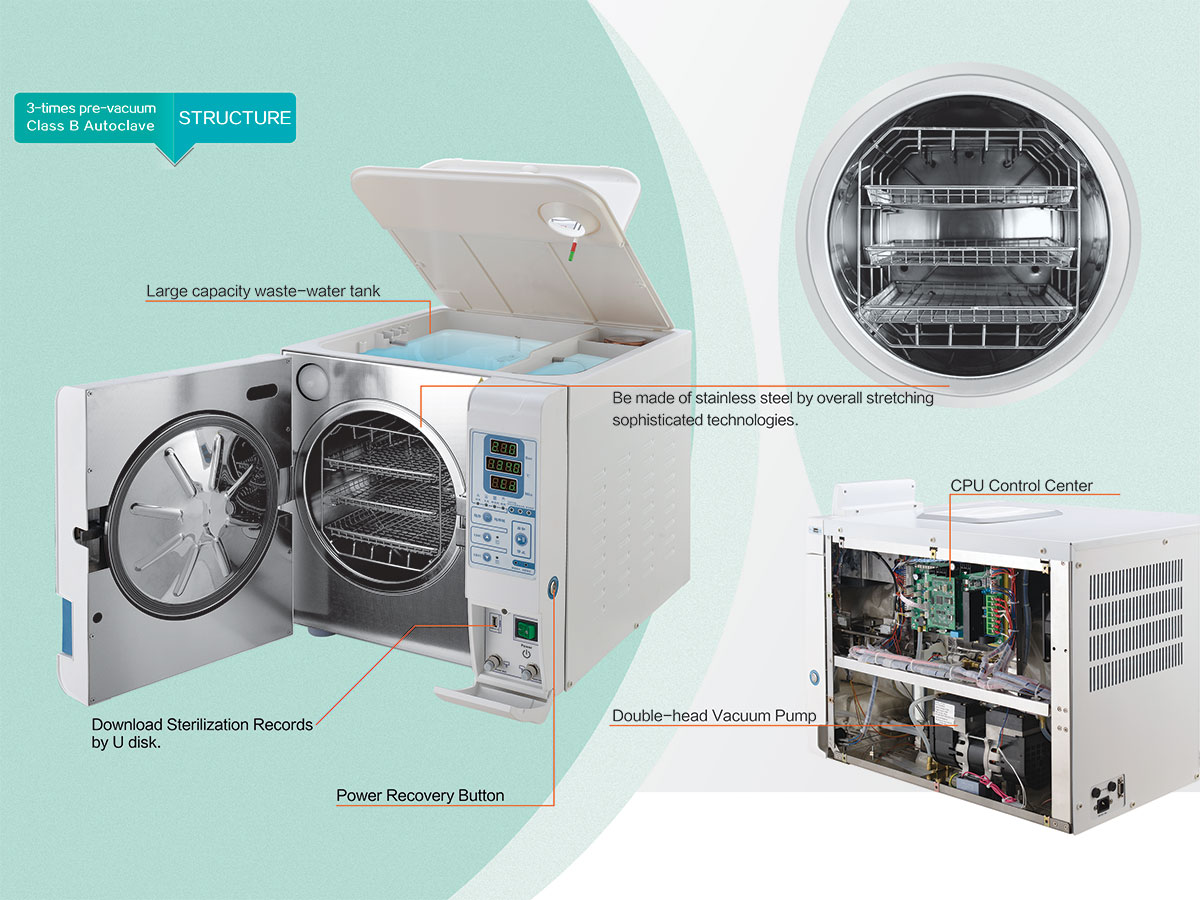 |
One thing we need to be noted here is, for a specific volume of the autoclave, it is not said that the more tray layers the better. We need to consider the load capacity of the sterilizer at the same time. That means, for one time sterilization, the quantity of the instruments to be disinfected can’t exceed the load capacity of the sterilizer, otherwise, it will affect the sterilization result.
Step 3: Determine the display type of the autoclaves
In the market, there are different screen types for the data displaying:
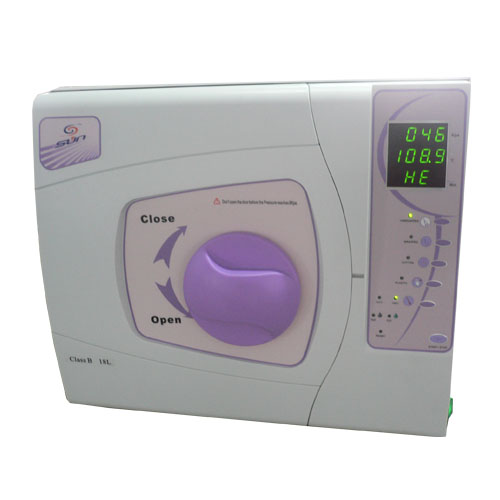 |
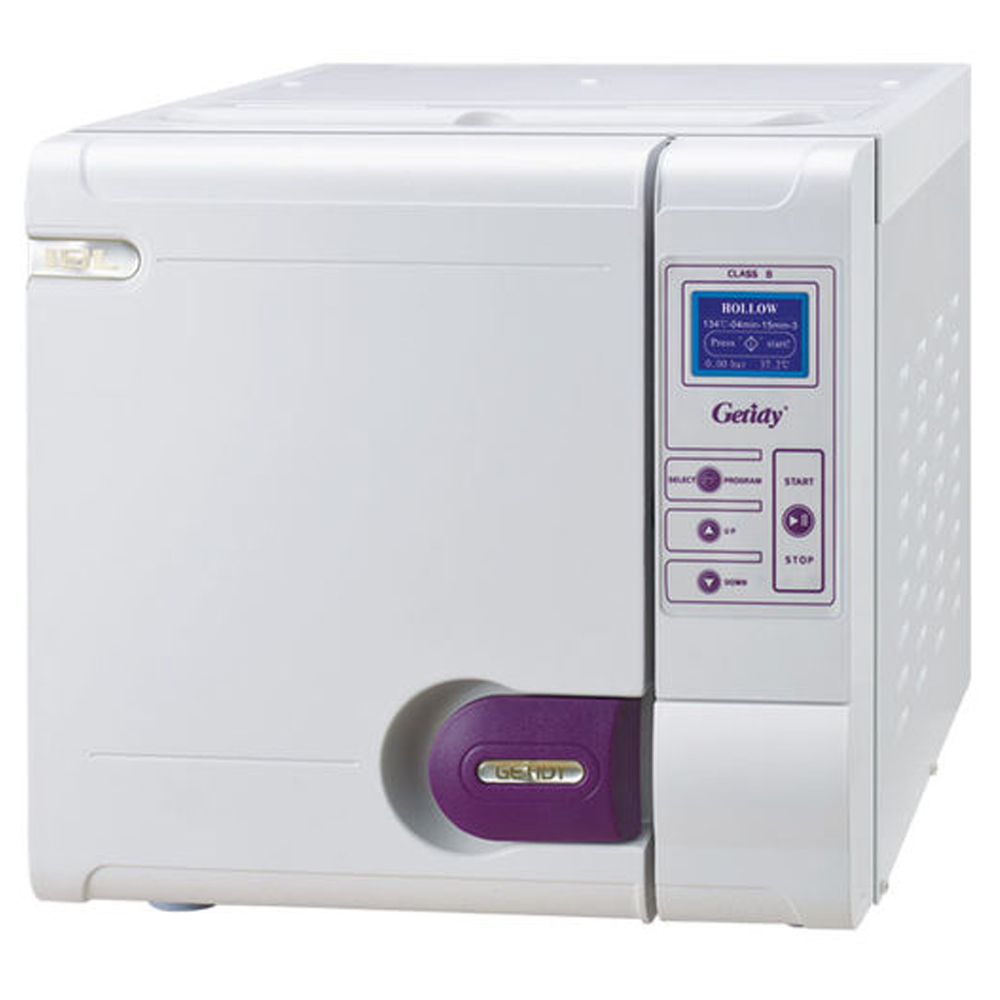 |
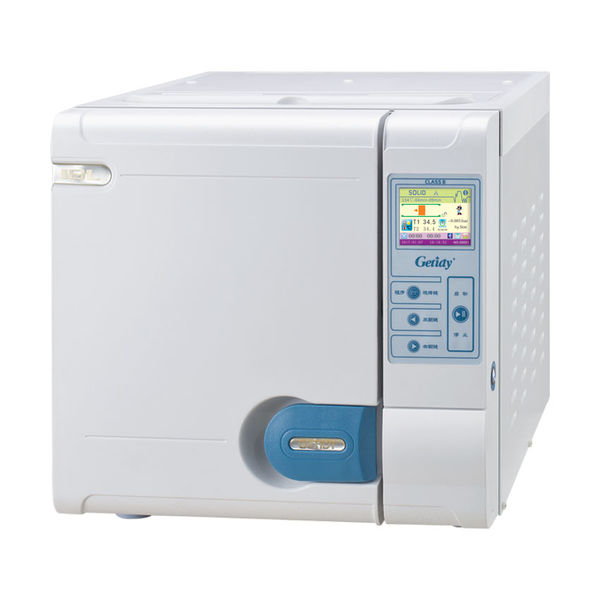 |
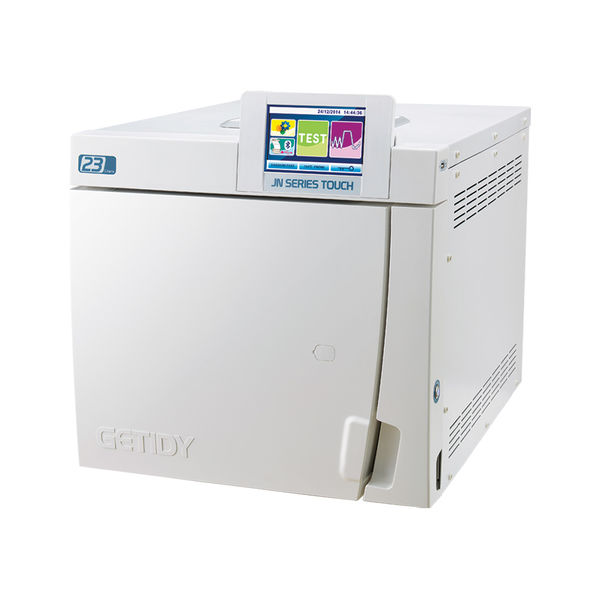 |
|
LED digital screen |
LCD blue screen |
LCD color screen |
LCD Color touch screen |
Different displays actually mean the ways of displaying the data are different but it has no effect on the entire disinfection function. The clinics can choose the sterilizers display type according to their own usage habits or needs.
Step 4: Determine the type of water tank
When we talk about the water tank, what we talk about is the steam autoclave, since other types of autoclaves don’t have a water tank.
There are two types of water tank in the market:
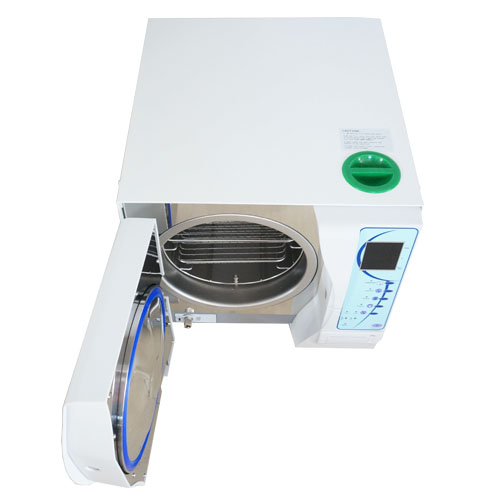 |
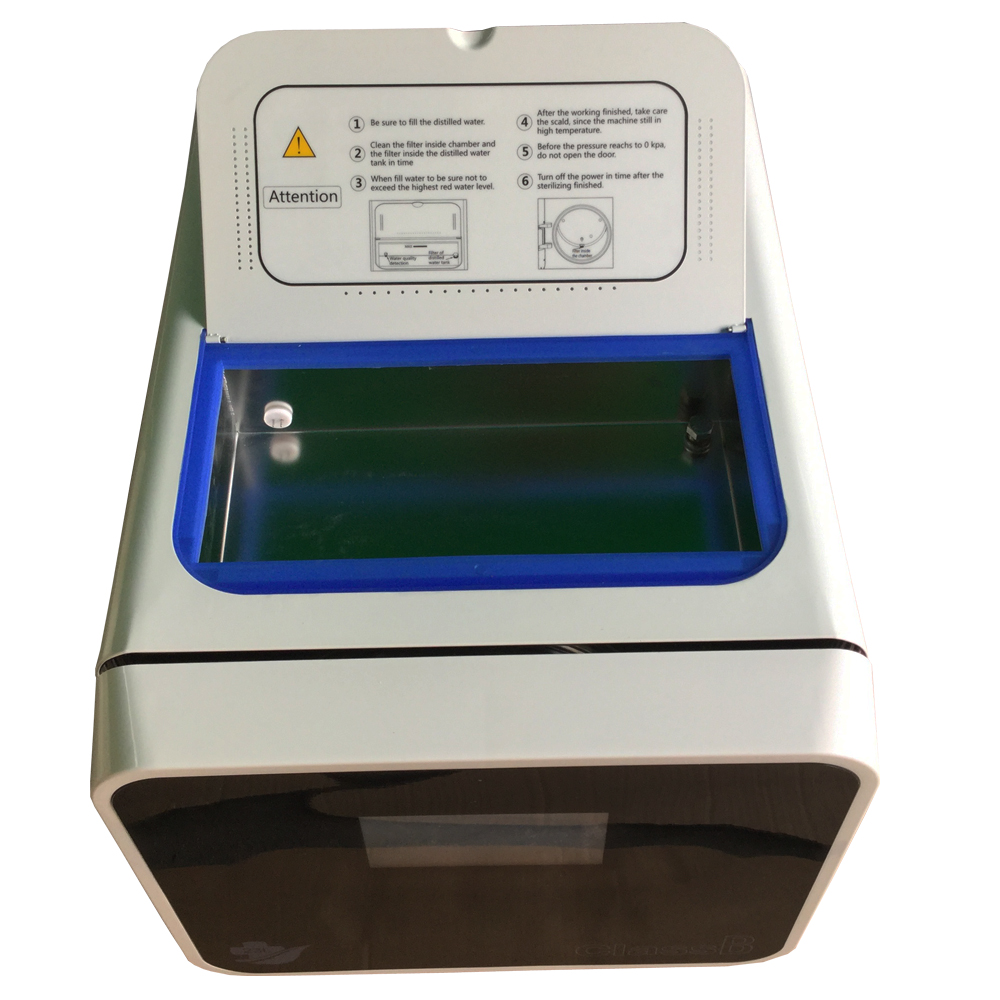 |
|
|
After going through the 4 steps above, I think you have figured out what type of autoclave is the most suitable for you. At last, here is a list of the autoclave features you may take into consideration before finally come out a purchase decision.
A fully functional sterilizer usually comes with the following features:
1.Can be used to sterilize all loads including solids, type A hollow instruments, type B hollow instruments, porous loads and wrapped instruments.
2.Sterilization program: Usually 4 kinds of programs - nude / cotton / package / plastic. Special function for killing the viruses of HIV (AIDS), HBV (hepatitis B), mad cow virus and Bacillus.
3.Test procedures: Vacuum test, Helix test and B&D test
4.Test program: Bowie & Dick test, Helix test, and Vacuum test
5.Cleaning procedure: Pipeline cleaning
6.Printer function: Printing sterilization process, various sterilization data and indicators.
7.Built-in USB interface: Insert the U disk into the USB interface of the sterilizer. At the end of the process, the control system will transfer the detailed record of the sterilization data to the U disk. Now, you can view the sterilization data on the computer by the U disk.
8.Sterilization data internal storage function
9.Multi-language display function
10.A proper indication of the level of water in the water tank and the wastewater tank along with an effective alarm function.
11.Appointment sterilization function where the machine starts work according to the pre-set time.
12.Standby function: If the power of the machine is turned on but the machine sits idle for a long time, it automatically enters the sleep state and the power supply stops.
13.Auto-off: When the sterilization is finished, the auto-power-off function of the machine automatically shuts it down if not used again within some time.
14.Water quality alarm function which indicates the quality of water.
15.Mobile application docking operation and monitoring functions.
16.Bluetooth barcode label printing function: The sterilizer performs bar code printing on the docking label printer through its own Bluetooth module. You just need to stick the barcode on the sterilized package. The doctor can trace the information on the disinfection of a certain person, a sterilizer, or a program according to the contents of the barcode.
17.Automatic adding water when the water level is low.
As technology get improvement day by day, the autoclave becomes more and more humanized and the functions increase daily. So you need to know what exactly you need for your autoclave, then you can find out the most suitable one for your need.
Follow the above steps, I believe you can buy an autoclave that you are satisfied with, at the same time, to improve your work efficiency.
Still have questions about the steam autoclave? Don’t hesitate to leave us a message below or visit our website:
https://www.treedental.com/infection-control/sterilization-equipment/dental-autoclave.html to choose the autoclave you need.

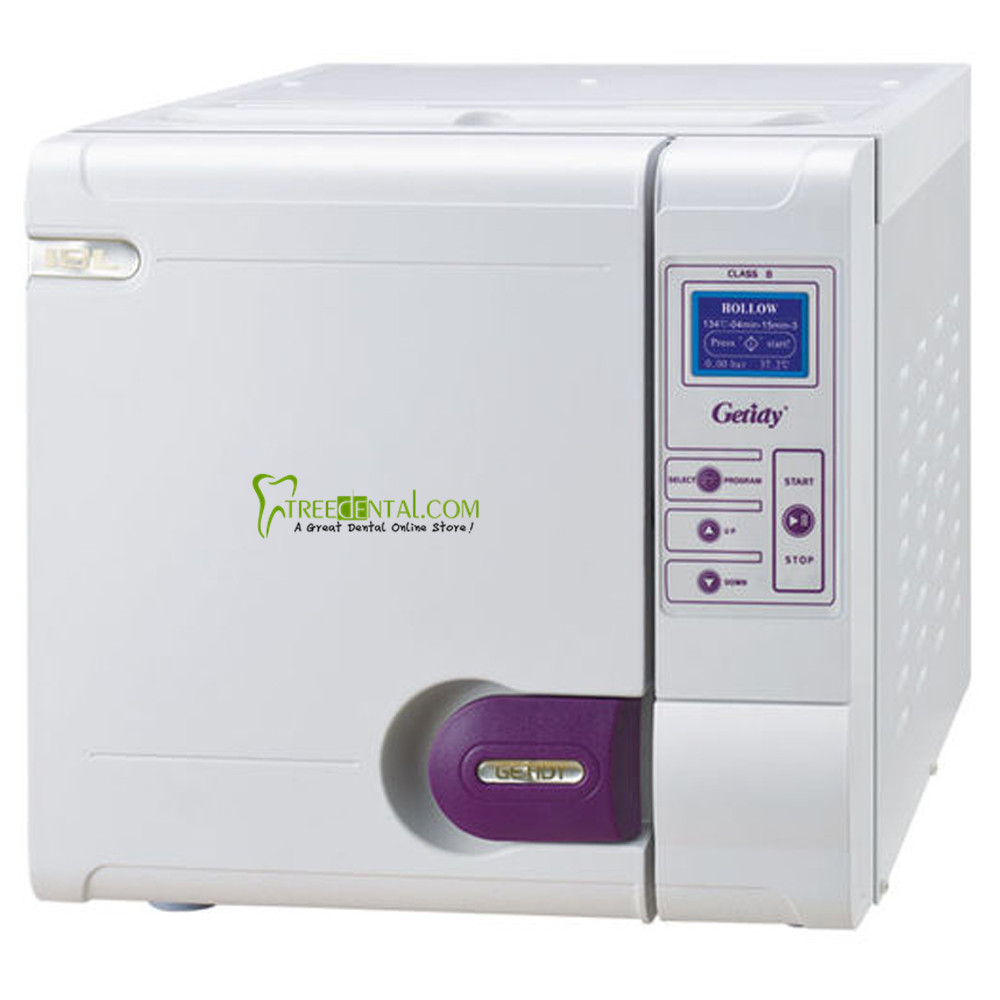
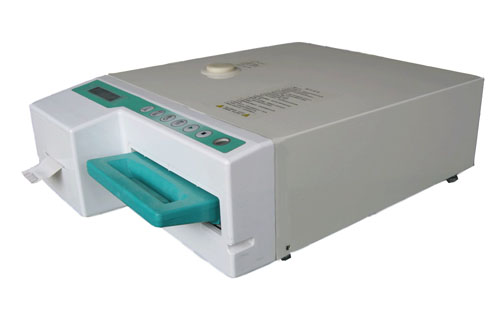
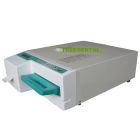
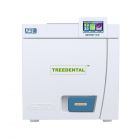
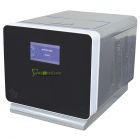
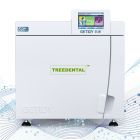
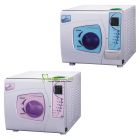

 Customers rate us 5.0/5 based on 1000+ reviews.
Customers rate us 5.0/5 based on 1000+ reviews.